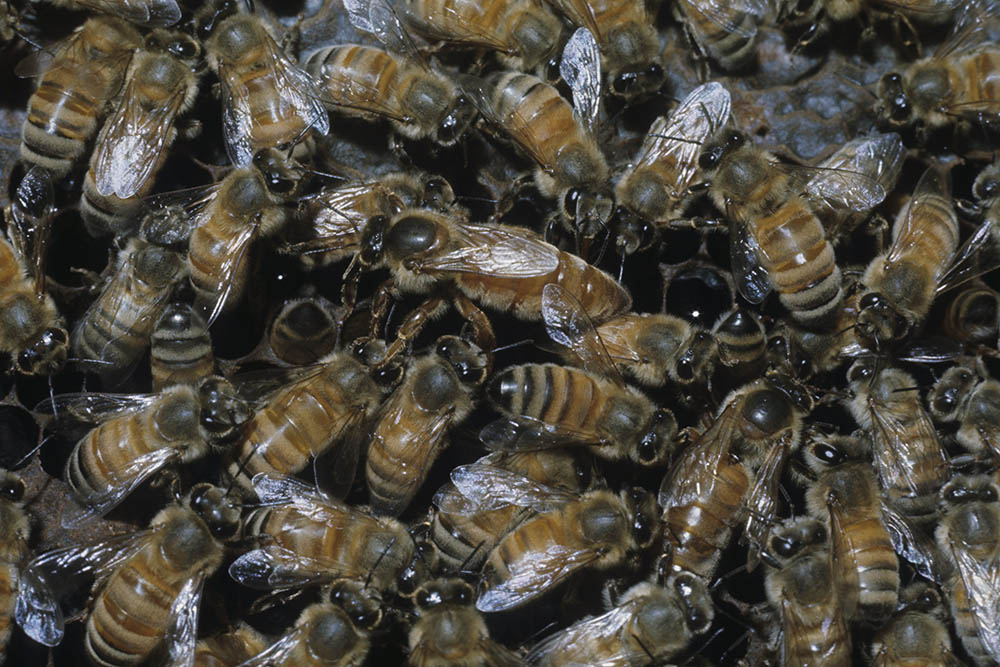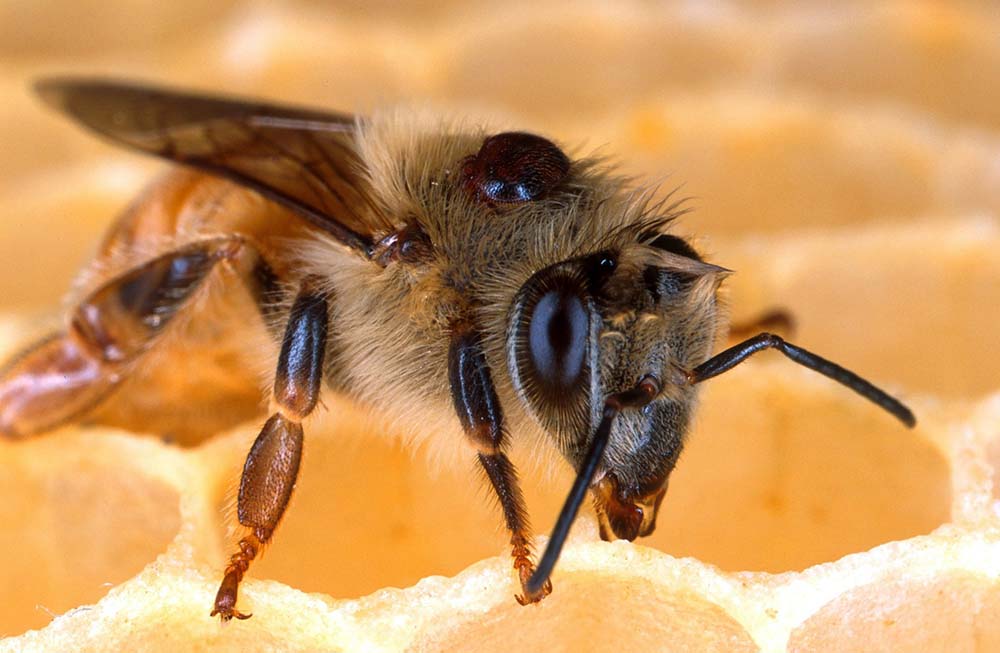- GVP $58.0 million est. Up 3.9% year-on-year.
- NSW honey exports increased 20% to total $13.5 million in 2021-22.
- United States market represented 58% of NSW exports by value.
Production
There were some 307,000 commercial hives in NSW in July 2022, managed by 2,700 registered commercial beekeepers, including interstate beekeepers registered in NSW.
Beekeepers utilise private and public land resources, with NSW honey production estimated to be derived predominantly from private land at 59%, and 41% from public land such as state forests (26% of all land types) and national parks (14% of all land types). 126 Typically, 70% of Australian honey is produced from native flora. 127
Honey prices
Prices are influenced by a combination of demand and supply from local production and imports, as well export market opportunities for domestic beekeepers. Honey imports include both higher average value honeys from markets such as New Zealand, and larger volumes of lower grade honeys from some Asian and South American countries. 35
Indicative Average Annual Bulk Honey Price ($/kg) 125 132 ag
- Indicative Average Annual Bulk Honey Price ($/kg)
Trade
Australian Honey and Beeswax Imports by Volume (tonnes) 35
- New Zealand
- China
- Brazil
- Thailand
- Malaysia
- Argentina
- Other
The United States became the major market in value terms for all Australian honey exports in 2021-22, eclipsing China, with an increase of 96% year-on-year and an annual compound growth rate of 42% over the last 10 years. 35 Within the United States, demand for honey reached a record level in 2021 at the same time as their domestic honey production continued to be impacted by drought. Pollination services for United States almond crops also divert hives from maximising honey production. 134 Other Australian export markets in 2021-22 which experienced significant year-on-year growth in value terms included Canada (109%), Japan (21%), and Indonesia (18%). 35
Imports of honey are an important influence on the national prices with the total value of honey and beeswax imports in 2021-22 increasing 23% over the previous year to $60.1 million, including honey valued at $55.4 million and beeswax imports totalling $4.7 million. New Zealand imports are the major source in value terms, worth $31.8 million in 2021-22. 35 Major sources of imports by volume include China, New Zealand, Brazil and Malaysia collectively representing 85% of imports in 2021-22. China imports represented 44% of total Australian import volumes totalling 4,190 tonnes. 35
Australian Honey & Beeswax Imports by Value 35
- New Zealand
- China
- Brazil
- Thailand
- Malaysia
- Argentina
- Germany
- Other
Australian Honey & Beeswax Exports by Value 35 aa
- United States
- China
- Canada
- Singapore
- Japan
- Indonesia
Pollination Services
The value of pollination services are not included in GVP estimates since productivity outcomes from increased yields are captured in the gross value of the relevant horticultural and seed crop industries. Nationally, pollination services have been estimated to contribute between $620 million and $1,730 million to agricultural production each year. 136

Outlook
Stronger Primary Industries Strategy
Varroa Response
NSW Department of Primary Industries (NSW DPI) is continuing efforts in response to the Varroa mite incursion, confirmed as Varroa destructor, found in biosecurity surveillance hives at the Port of Newcastle in June 2022.
Strategic Outcome


As the response enters the second half of the Department’s 100 day eradication plan there have been significant achievements and positive outcomes achieved, despite the devastating impact upon the industry. Recently the yellow zone (which contains over 3,700 registered beekeepers), is now transitioned into the blue general emergency zone. This means that those that were in a yellow notification emergency zone now fall under blue general biosecurity zone rules, allowing more freedom of movement.
The outcome of DPI’s confidence and clear understanding of the limit of the spread of Varroa mite means for the 3,711 known beekeeping premises in the notification area, they can now apply for a Hive Movement Declaration which will ensure business continuity and support the state’s $23.1b primary industries sector.
In addition, DPI is conducting one of the largest surveillance efforts it has ever undertaken in around 100,000 hives that are moving to pollination events near the Victorian border, on the North Coast and throughout the cropping belt. This work has been undertaken in conjunction with hundreds of people in the honeybee industry and from DPI’s agency partners across NSW and in other jurisdictions. Specific details of the complex inter agency response include:
- Identification of 97 Infected Premises
- Euthanising 5,279 hives at 105 sites
- More than 2,892 calls to the dedicated hotline
- Processed 758 hive movement permits
- Completed online biosecurity training for 677 beekeepers
- Conducted more than 300 media interviews to better inform community of the incursion and subsequent action
- Reached more than 1 million people with our social media messaging
Ongoing updates about the continuing response can be found at www.dpi.nsw.gov.au/varroa.


